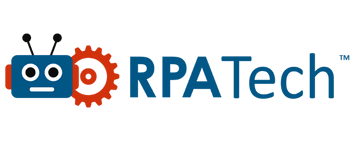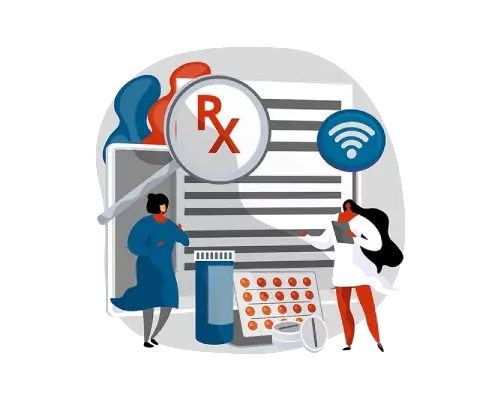Synopsis
The pharmaceutical sector is a significant player in the healthcare ecosystem. It is responsible for developing vaccines and medications to prevent and reduce morbidity rates. It affects the global population by providing drugs to treat ailments, infections, and diseases and maintain health. In a pharmacy setting, medication errors directly affect the patient’s life. As per a report published in 2021, definitely avoidable ADEs caused 1708 deaths in England alone, annually. Therefore, pharmacy automation in the pharma can eliminate errors, improve outcomes, and streamline the medication process. As reported by Mordor Intelligence, the estimation is that the Pharmacy Automation Market will index a CAGR of 7.8% by 2027. Further, pharmacy automation can be a massive operational advantage for pharmaceutical leaders and a key to remaining a competitive market player.
About the Client
Our client is among the largest healthcare providers in South Asia. They have 13 NABL accredited labs operational 24×7 in various cities such as Delhi, NCR, Punjab, Haryana, Uttar Pradesh, Uttarakhand, and Maharashtra. Their labs consist of 550+ highly trained staff and 90+ highly qualified doctors, a reason for their pride.
Key Issues
Our client wanted to re-engineer their prescription verification process to improve their process capacity, reduce the turnaround time, and eliminate errors. Further, they wanted to expand their verification from 2 hospital facilities to 14.
Our Solution
RPATech took a bird’s eye view of the client’s process and designed a detailed workflow around their existing process using its proprietary tools—D3OTM and AugurDTM. Then we configured a flexible bot and implemented an RPA solution in the client’s process as enlisted below:
- Firstly, the bot quickly learned when to approve, reject, or bypass the prescriptions from previous interactions.
- Secondly, the bot sends an alert message to the doctors making faulty prescriptions repeatedly, reducing human errors.
- Thirdly, the bot performs prescription verification for D-D interaction, allergies, dosages, schedules, and others.
- Additionally, the bot considers the special request for bypassing automation for human queues.
Automation Benefits
Following are the benefits that the client attained with RPA implementation:
- Process Capacity increased by 700%.
- Turnaround time reduced by 100%.
- Error rates eliminated.
- Minimal to no human intervention.
- Improved patient care.




